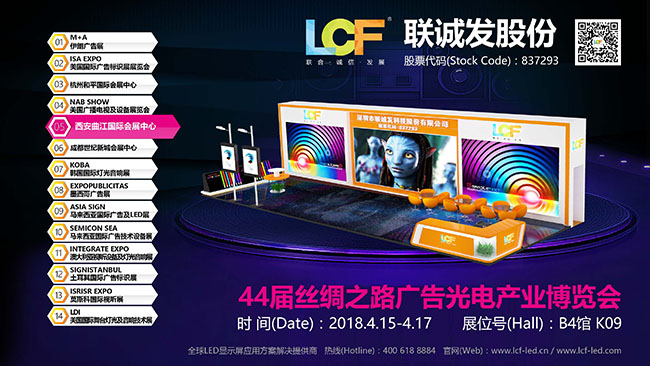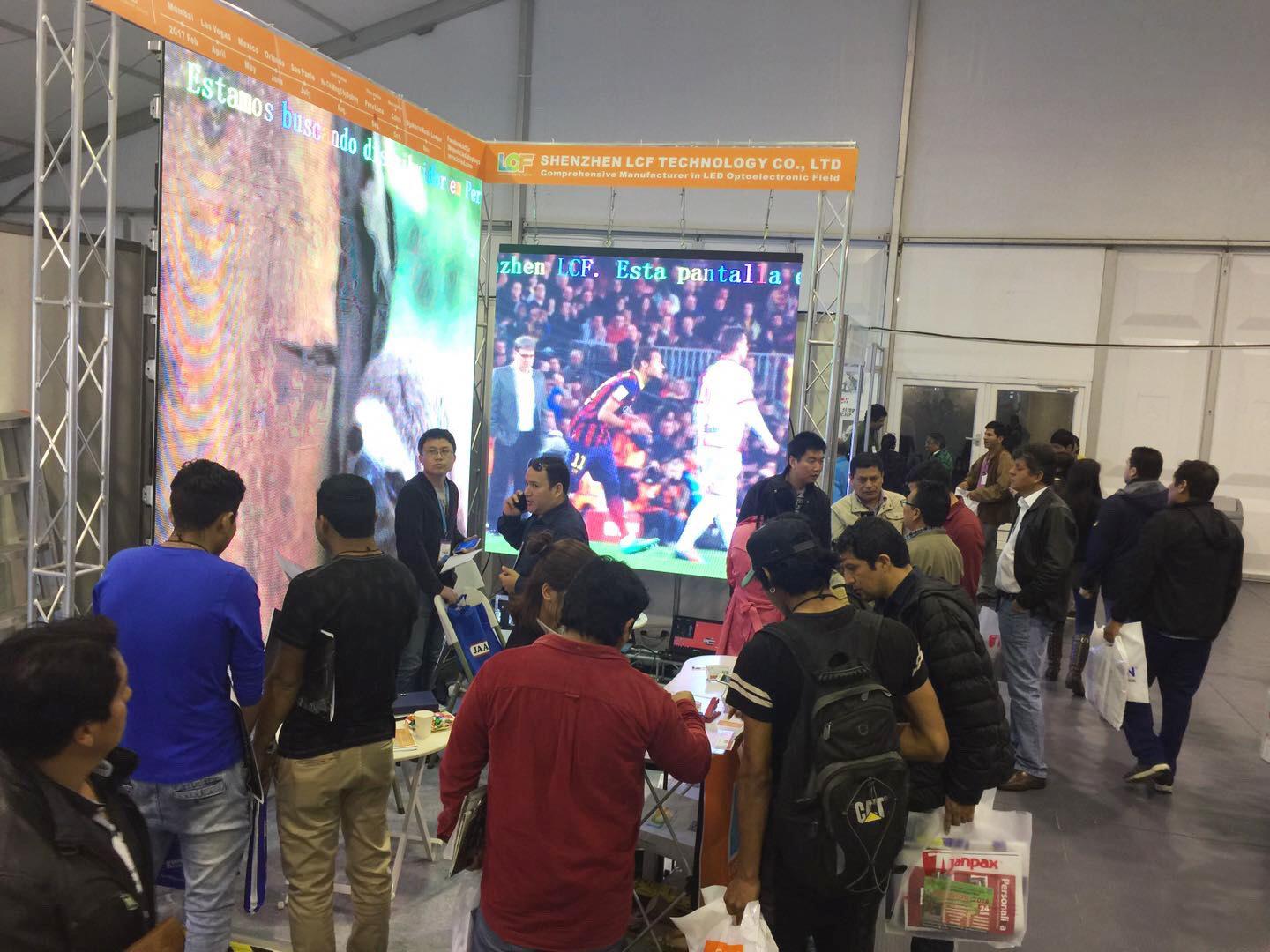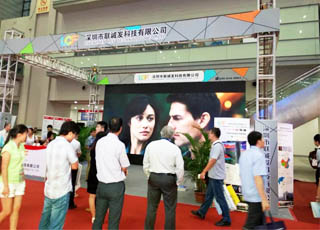Publisher: Supplier of LED Display Time: 2019-07-09 16:15 Views: 2084
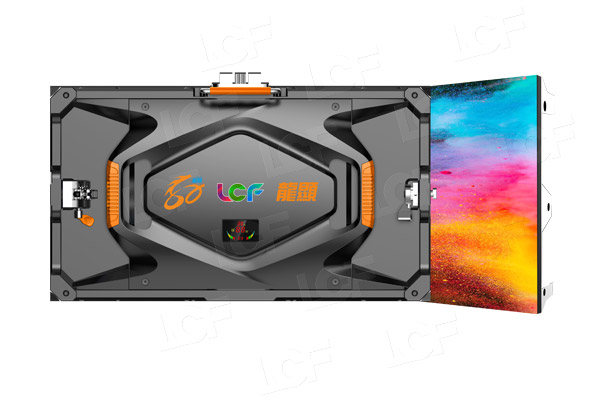
With the improvement of living standards, people's demand for watching movies has also increased. During the ten years from 2007 to 2017, the number of movie screens in China has grown at a compound annual growth rate of 27.9%. In 2018, the number of movie screens in China has exceeded 60,000. , reaching 60,079 yuan, an increase of 9,303 yuan compared with 2017. Although the growth rate slowed down by 5 percentage points compared with 2017, the year-on-year growth rate still reached 18.3%, still maintaining a relatively fast expansion rate.
A rapidly expanding market will inevitably bring about rapidly growing demand, and the rapid expansion of demand in turn promotes the rapid growth of demand. In the global cinema market, the market segment of movie screens alone has reached a scale of US$100 billion, while the total value of the entire LED display industry chain in 2018 was only US$50 billion.
Compared with the film first shown by the Lumiere brothers on December 28, 1895, the picture quality and film playback technology of today's films have undergone tremendous changes. However, whether it is laser projection or traditional projection, the principle has not undergone a revolution. With the continuous development of LED display technology, the small-pitch LED display technology has become more and more mature, making the use of LED movie screens instead of movie screens an operable alternative.
However, how should we enter the theater market and share this 100 billion-level cake? For the vast LED display industry, in addition to technical problems, the biggest problem is how to pass the business by Disney, 20th Century Fox, Paramount, Sony. The digital cinema standard specified by the Digital Cinema Advocacy Coalition (DCI), which is formed by companies such as Film, Warner Bros., etc. According to the standards of the Digital Film Advocacy Alliance, the products of the LED display industry must meet this playback standard, and it is possible to gradually replace the traditional projection method and lead a new round of technological progress in the cinema industry.
In this regard, Samsung has taken the first step in the global LED display industry to enter the theater, becoming the first company to market LED movie screens. Its Onyx LED cinema screens have been installed and put into use in cinemas in more than ten countries around the world. On the 28th of last month, the first Samsung Onyx cinema in central China officially settled in Wushang Moore International Film City, and it is also the second 14-meter-wide Onyx cinema in the country after Shanghai. Before entering Central China this time, Samsung Onyx Cinema LED displays have been installed in many cinemas in Beijing and Shanghai.
However, compared with traditional screens, the proportion of LED movie screens is almost negligible. Therefore, how to expand the gap opened by Samsung in the global cinema screen market will be the domestic LED display that tries to enter the LED movie screen in the future. Questions companies need to think about.
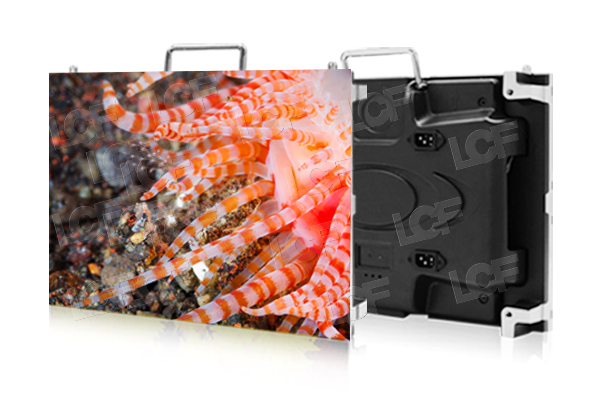
Because the brightness of the traditional projection method is too low, it must be projected in a dark room. Whether it is a traditional projection or a laser projection, the principle is to project the image on the screen through the light source, so once someone enters the "projection" range, It will inevitably leave a large area of black shadow on the screen, which will seriously affect the viewing quality of the image. In addition, due to the extremely low visibility in the dark room and the brightness of the movie screen, it is easy for people to ignore the surrounding audience, which creates a kind of privacy psychologically, so that some audiences use it as a private space and do some inappropriate behaviors. .
Compared with traditional projection and laser projection, the LED movie screen no longer needs a projector. Its advantage is not only that when someone passes by the screen for various reasons (such as going to the bathroom or arriving late, etc.) influences. More importantly, the LED movie screen produced by the modular design can be arbitrarily "spliced" into a movie screen of any size, so that the audience can get a better experience, and the LED screen can also support high frame rate + HDR technology, 3D technology. At the same time, its self-luminous brightness is 10 times higher than the peak brightness (146fL) of traditional projection equipment, so that the theater no longer needs to turn off the lights during playback, creating a better interactive experience environment.
As far as Samsung's current movie screen is concerned, its P2.5 pitch cannot be called a small pitch in a strict sense, because its technical means still belong to the large pitch production technology. Although with today's technology, it is technically feasible to use a smaller pitch, but there is no cost advantage, and the viewing area has been reduced due to the recent advance of the viewing area (the first row and the screen are separated from each other). The distance needs to be at least 1.5 meters, so the smaller the point spacing, the smaller the closest viewing distance), which also makes P2.5 the best choice for the production of LED movie screens.
The emergence of LED movie screens is a complete subversion of traditional film projection methods, and the application of LED movie screens has also brought new opportunities to LED display companies.
However, compared with traditional screens, the proportion of LED movie screens is almost negligible. Therefore, how to expand the gap opened by Samsung in the global cinema screen market will be the domestic LED display that tries to enter the LED movie screen in the future. Questions companies need to think about.
Although Samsung LED movie screens have taken the lead in the market, Chinese LED companies are not without opportunities. In fact, before Samsung LED movie screens were launched, domestic companies have tried LED movie screens. However, due to their small size, Due to objective reasons such as insufficient technical accumulation, Samsung finally became the first person to eat crabs in the LED movie screen industry.
Now that the first opportunity has been lost, if you want to successfully open the LED movie screen market, for domestic LED companies, it is the best choice to overtake after the curve. In the face of such a huge market, it will be difficult for a few companies to overtake Samsung on the curve.
Compared with Samsung, although the vast majority of LED display companies in China already have enough technology accumulation, they do not have international reputation. Therefore, if Chinese LED display companies want to enter the LED movie screen market, they must be based on their own strong production capacity but brand name. The characteristics of lack of voice, not only need to innovate the product, but also need to innovate the sales and operation mode, and blaze a path of its own.
With the maturity of the LED display industry in the future, the application of LED movie screens obviously has a large number of LED display companies to enter such a huge market. The biggest obstacle is Disney, 20th Century Fox, Paramount, Sony Pictures, Warner Bros., The Digital Cinema Initiative (DCI), which is funded by Universal and Sony Pictures, must first break through the constraints of DCI in order to enter this market. Unfortunately, my country's LED display companies have not made much efforts in this regard. Basically, It is still in the state of fighting against each other and working behind closed doors. As the so-called "strong Qin is difficult to stand alone, the six countries cooperate to attack it". In the face of Samsung, which occupies both the popularity and the market opportunity, Chinese LED display companies can only use the association as a link. , in the form of building the LED movie screen alliance, give full play to the production capacity advantages of my country's LED display companies, so that my country's LED display companies can gain the right to speak in the LED movie screen market and market share, and successfully create a mutually beneficial and win-win situation. situation.
Article 6 of Chapter 1 of the Law of the People's Republic of China on the Promotion of the Film Industry, which came into effect on March 1, 2017, stipulates: "The state encourages the research and development and application of film technology, formulates and improves film technology standards, and builds a market with enterprises as the main body. It is a film technology innovation system that is oriented and combines production, education and research.” When a market emerges, if you don’t occupy it, someone will naturally occupy it. The reason why DCI is not an international standard setting organization, nor an industry standard drafting organization background To a large extent, becoming an industry standard setter depends largely on the "discourse hegemony" generated by Hollywood's monopoly in the global film market. However, the scale of China's film market currently ranks second in the world. According to relevant institutions, the scale of China's film market will surpass that of the United States in 2019 and become the world's largest film market. Backed by such a large-scale market, my country's LED display enterprises are facing When DCI's inevitable "discourse hegemony", do you have the will or the courage to communicate with the application side, analyze and summarize the various pain points in the application process of LED movie screens, and closely integrate with the upstream and downstream industries. Under the circumstance of sufficient technical reserves but relatively weak intellectual property rights, the development of a set of "domestic DCI" belonging to my country will become an important factor in determining whether domestic LED display products can open up the LED movie screen market.
